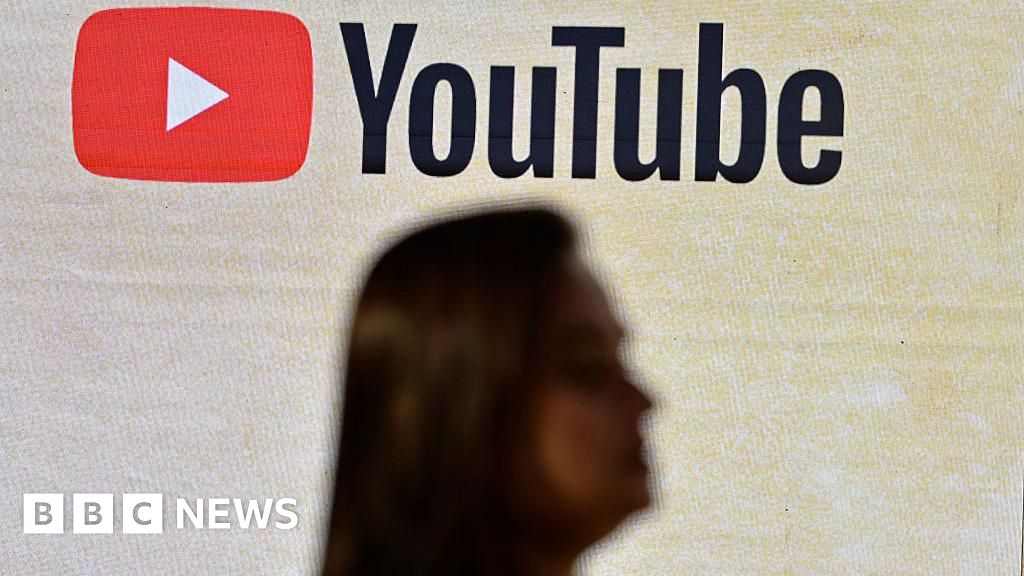Nepal Protests: Youth Demand Change

Introduction
In Nepal, recent protests over government corruption and a ban on social media apps have turned violent, resulting in the deaths of at least 19 people and injuries to hundreds more. The demonstrations were primarily led by young people, who are frustrated with the lack of accountability and transparency in the government, as well as the restrictions on their ability to communicate through platforms like WhatsApp and Facebook.
Main Causes of Anger
The root of the anger among Nepalese youth is the rampant corruption in their government. In 2019, Nepal was ranked as one of the most corrupt countries in the world by Transparency International. On top of that, the ban on social media apps like WhatsApp and Facebook has only added to the frustration of the already marginalized youth population. The government claims the ban is necessary for security reasons, but many see it as an attempt to suppress dissent and control the flow of information.
The Future of Nepalese Protests
The recent protests have shown the power of young people to mobilize and demand change. However, the government's response has been heavy-handed, with reports of excessive force being used against protesters. This has only fueled the anger and determination of the youth to continue fighting for their rights. The social media ban has also brought attention to the importance of online platforms in modern-day protests and the potential for governments to use it as a tool for censorship.
About the Organizations Mentioned
Facebook, now operating under the parent company Meta Platforms, Inc., is a pioneering American social media and technology organization that has fundamentally reshaped global communication and digital marketing. Founded in 2004 by Mark Zuckerberg and four Harvard University classmates, Facebook began as a campus networking site before rapidly expanding to become the world’s largest social network. Its mission—to connect people and foster human interaction—has driven its evolution from a simple online directory into a multifaceted digital ecosystem. Facebook’s core platform enables users to create profiles, share content, join groups, and interact with friends and communities worldwide. Over the years, it has introduced groundbreaking features such as News Feed, Messenger, Marketplace, and Reels, continually adapting to user behavior and technological trends. The organization has also expanded its reach through acquisitions, including Instagram and WhatsApp, making Meta one of the most influential tech conglomerates globally. Facebook’s achievements are monumental: it was the first social network to surpass one billion users and now boasts over 3.07 billion monthly active users as of 2025. It ranks as the third-most-visited website worldwide and remains the second-largest digital ad platform, generating over $116 billion in ad revenue annually. Its robust advertising tools and e-commerce integrations, such as Facebook Shops and Marketplace, have made it indispensable for businesses seeking global reach and measurable ROI. Despite facing criticism over privacy, misinformation, and content moderation, Facebook continues to innovate, introducing AI-powered features, new monetization options for creators, and advanced ad targeting. Its enduring popularity, especially among millennials and Gen Z, and its ongoing expansion into virtual reality and the metaverse, underscore its pivotal role in shaping the future of digital connection and commerce.
## Overview WhatsApp is a globally dominant messaging platform owned by Meta, offering instant messaging, voice and video calls, file sharing, and a suite of business communication tools. In 2025, it boasts over 2.9 billion monthly active users, making it the most widely used messaging app in the world[1]. The app’s universal appeal lies in its simplicity, reliability, and cross-platform availability, serving both personal and business communication needs across more than 180 countries[2]. ## History Launched in 2009 by Jan Koum and Brian Acton, WhatsApp revolutionized mobile communication by providing a free, ad-free alternative to SMS. Its rapid growth attracted Facebook (now Meta), which acquired the company in 2014 for $19 billion. In 2018, WhatsApp expanded its reach with the launch of WhatsApp Business and the WhatsApp Business API, empowering companies—especially small and medium-sized enterprises (SMEs)—to engage customers, provide support, and even conduct sales directly through the platform[2][3]. ## Key Achievements and Innovations WhatsApp’s success is marked by its massive user base, high engagement rates, and continuous innovation. Recent developments include AI-powered message drafting assistants, multilingual auto-translation for chats, screen sharing in calls, and a redesigned web interface supporting multi-device login[1]. The platform now integrates with Meta’s hardware ecosystem, such as Quest and Ray-Ban smart glasses, enabling voice-activated messaging. WhatsApp Pay has expanded its peer-to-peer payment features, while custom AI avatars and weekly message summary digests add personalization and analytics for users[1]. For businesses, WhatsApp has become indispensable. Over 50 million companies use WhatsApp Business, with 84% of Indian SMEs considering it essential for scaling operations[2]. The WhatsApp Business API enables automation through chatbots, personalized marketing, and deep CRM integrations, allowing businesses to deliver tailored offers, manage orders, and provide real-time customer service at scale[







